What Is Skill-Based Development?
Skill-based development, also known as competency-based development (CBD) or skill-aligned development, is an approach to persnal learning & development that focuses on improving specific skills and competencies rather than promoting general education or certifications. This approach aims to equip employees with the skills they need to succeed in their current roles and future career goals.
✔️ Key characteristics of skill-based development:
- Specificity: Skill-based development focuses on developing targeted skills that are relevant to the employee’s job or desired career path.
- Actionable learning: Skill-based development programs provide hands-on learning opportunities and practical exercises to apply new skills in real-world scenarios.
- Continuous learning: Skill-based development is an ongoing process that encourages employees to stay up-to-date with the latest industry trends and technologies.
- Performance improvement: Skill-based development is directly linked to employee performance, helping them achieve their individual and organizational goals.
✔️ Benefits of skill-based development:
- Enhanced employee capabilities: Skilled employees can perform their jobs more effectively and contribute more significantly to organizational success.
- Improved job satisfaction: Employees who are continuously developing their skills are more engaged and motivated in their work.
- Reduced employee turnover: Skill-based development programs can help retain valuable employees and reduce the costs associated with recruitment and training.
- Adaptability to changing needs: Skill-based development equips employees with the agility to adapt to evolving industry requirements and job demands.
More: New in 2024, AI Skilling & The Online Course School
✔️ How skill-based development works:
- Skill identification: Identify the critical skills and competencies required for employees to excel in their roles and achieve organizational goals.
- Skill gap analysis: Assess the current skill levels of employees and identify any gaps between their existing skills and the skills required for their roles.
- Development plan: Develop personalized development plans for each employee, outlining the specific skills to be acquired, the learning resources and activities, and the timelines for completion.
- Skills tracking: Track employee progress and provide regular feedback to ensure they are on track to achieve their learning objectives.
- Skills utilization: Encourage employees to apply their newly acquired skills in their daily work and provide opportunities for performance demonstration.
✔️ Examples of skill-based development:
- Reskilling: Training employees in new skills to adapt to changing job requirements or industry trends.
- Upskilling: Enhancing the skills of existing employees to prepare them for higher-level roles or expanded responsibilities.
- Cross-skilling: Educating employees in multiple skills to increase their flexibility and adaptability within the organization.
- Right-Skilling: Learning the right skills for you as individual persnally, depending on your next careerstep.
- On-the-job training: Providing employees with opportunities to learn new skills and apply them directly in their work through mentorship, coaching, and hands-on projects.
- E-learning platforms: Utilising online courses, tutorials, and simulations to deliver training content in a flexible and accessible format.
Skill-based development including AI skilling is an essential strategy for any organisation that wants to invest in their employees’ growth and ensure they have the skills they need to thrive in the ever-changing workplace. By focusing on specific skills and competencies, organizations can empower their employees survive and thrive in the online gig economy.





